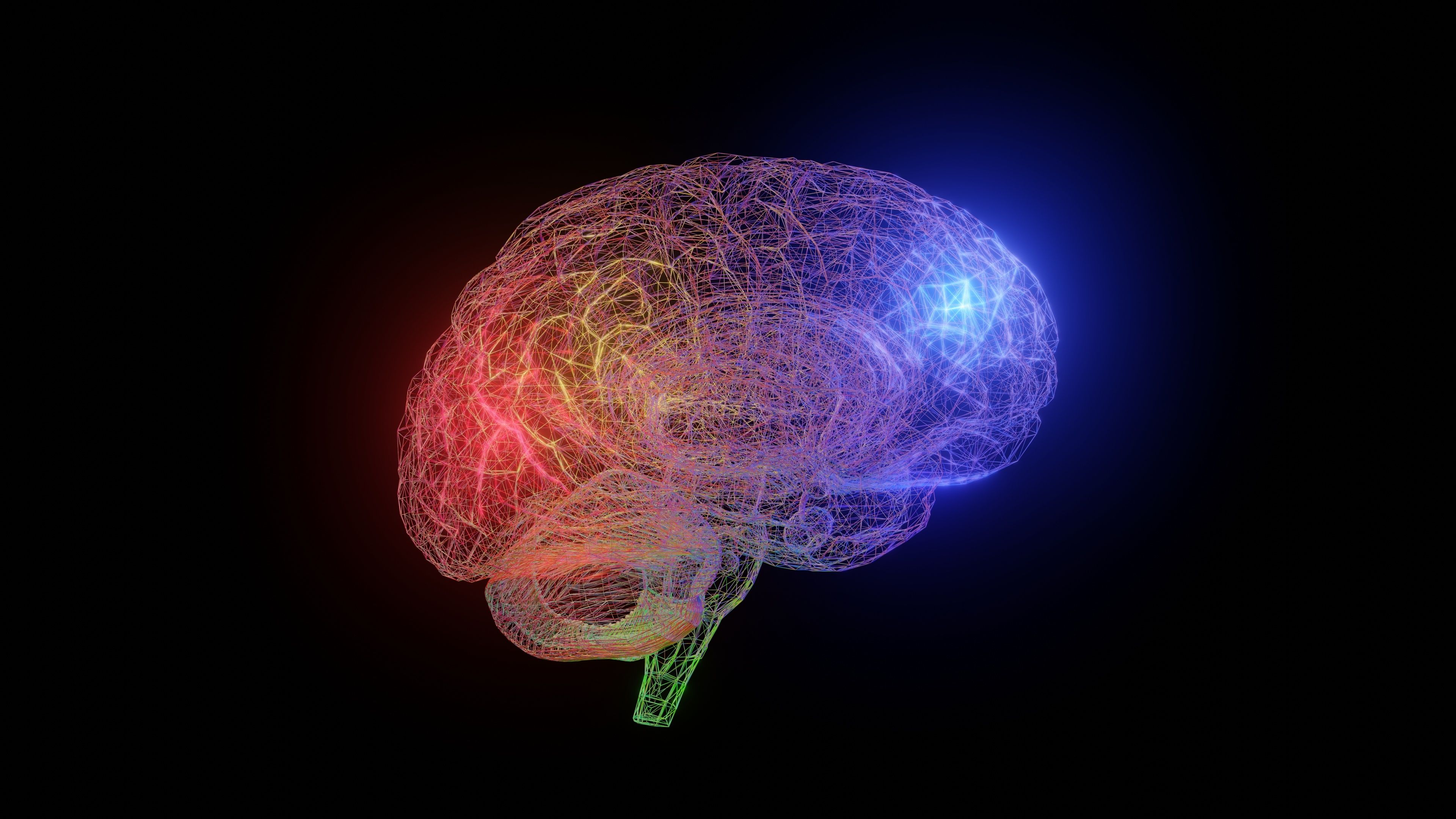Article
Study Demonstrates Mechanism of Psychedelic-Induced Neuroplasticity
Author(s):
The study clarifies why serotonin-based therapeutics, such as selective serotonin reuptake inhibitors, do not promote neuroplasticity in the same ways as psychedelics and other psychoplastogenic therapeutics.
Intracellular 5-hydroxytryptamine (serotonin) 2A receptors (5-HT2ARs) have been found to mediate the psychoplastogenic effects of psychedelics, according to the authors of a study recently published in Science. The research helps to shed light on why serotonin-based therapeutics, such as selective serotonin reuptake inhibitors (SSRIs), have different effects than psychedelics and other psychoplastogenic therapeutics, particularly in relation to promoting neuroplasticity.1
According to the study authors, based at University of California Davis (UC Davis), serotonin may not be the natural ligand for 5-HT2ARs, helping to explain why serotonin does not stimulate cortical neuron growth. This discovery clarifies the target of several classes of psychoplastogens for investigators, which ultimately can support the development of medicines that may provide the efficacy of psychedelics with fewer safety risks or undesirable adverse effects.1,2
Image Credit: © vrx123 - stock.adobe.com.

The paper was coauthored by David E. Olson, PhD, who is the co-founder and chief innovation officer of Delix and founding director of the Institute for Psychedelics and Neurotherapeutics at UC Davis. Delix, in particular, has sought to develop novel psychedelic-inspired, non-hallucinogenic therapeutics that promote rapid and sustained neuroplasticity in the brain.1
“Cortical atrophy is a central feature of so many neuropsychiatric and neurodegenerative diseases, which is why advancing medicines that promote neuroplasticity and neuronal regrowth is so important,” Olson said in a press release. “For years we’ve known that both serotonin and psychedelics activate the 5-HT2A receptor, but it was unclear why psychedelics always produced more rapid and sustained effects on structural plasticity and behavior. This latest Science paper reveals that the location of the 5-HT2A receptor is critical for determining the downstream effects of its activation, and we hope to use this information to develop improved therapeutics.”1
Because decreased dendritic spine density in the cortex is known to be a hallmark of several neuropsychiatric diseases, the investigators hypothesized that the ability to promote cortical neuron growth may underlie the rapid and sustained therapeutic effects of psychedelics. The investigators explained that the activation of 5-HT2ARs for psychedelic-induced cortical plasticity has been understood due to prior data published in the field; however, the reason why some 5-HT2AR agonists promote neuroplasticity and others do not had not been previously determined.2
Using molecular and genetic tools, the investigators found that intracellular 5-HT2ARs mediate plasticity-promoting properties of psychedelics, demonstrating why serotonin does not support similar plasticity mechanisms. Further, the study helped to clarify the importance of the role of location bias in 5-HT2AR signaling, identify intracellular 5-HT2ARs as a therapeutic target, and raise the potential that serotonin may not be the endogenous ligand for intracellular 5-HT2ARs in the cortex.2
“We are continuously developing our understanding of this incredibly complex system in a way that others aren’t, and driving forward our strategic hypothesis that non-hallucinogenic psychoplastogens are positioned to offer a combination of effective and scalable class of therapeutics available for mental health conditions worldwide,” Mark Rus, CEO of Delix Therapeutics, said in the press release.1
Therapies that provide the psychoplastogenic activity inspired by psychedelics that are devoid of hallucinogenic properties have the potential to address a range of diseases, including depression, substance use disorder, PTSD, cognitive impairment in schizophrenia, neurodegeneration, and other conditions, according to the study authors.1
References
- Pioneering Delix Therapeutics Study Published in Science Elucidates the Mechanism of Psychedelic-Induced Neuroplasticity. Boston, MA: Delix Therapeutics; February 16, 2023. Accessed March 6, 2023. https://www.prnewswire.com/news-releases/pioneering-delix-therapeutics-study-published-in-science-elucidates-the-mechanism-of-psychedelic-induced-neuroplasticity-301749295.html
- Vargas MV, Dunlap LE, Dong C, et al. Psychedelics promote neuroplasticity through the activation of intracellular 5-HT2A receptors. 2023;379(6633):700-706. doi:10.1126/science.adf0435
Newsletter
Stay informed on drug updates, treatment guidelines, and pharmacy practice trends—subscribe to Pharmacy Times for weekly clinical insights.






